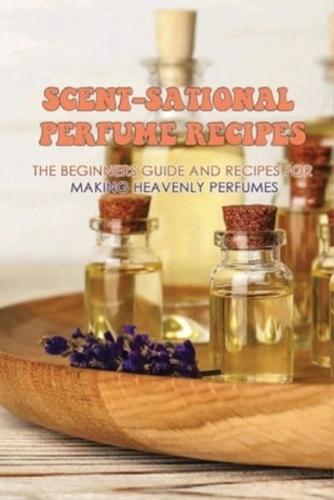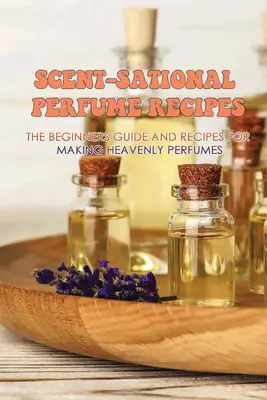Creating your own perfume is a delightful and fulfilling hobby that not only lets you craft a scent that is uniquely yours but also enables you to have full control over the ingredients you put on your skin. With natural ingredients and some simple equipment, you can start making your own personalized fragrance right at home. Follow this detailed guide to embark on your perfumery journey!

Credit: blackwells.co.uk

Credit: www.amazon.com
Understanding Perfume Composition
Before you start mixing your own perfume, it’s important to understand the structure of a fragrance. Perfumes are typically composed of three types of notes:
- Top notes: These are the scents that are perceived immediately upon application. They are usually light, fresh, and evaporate quickly.
- Heart (middle) notes: The middle notes make up the body of the perfume and emerge after the top notes dissipate. They are considered the heart of the fragrance.
- Base notes: These scents are the last to develop and help to fix the fragrance to the skin. They are often rich and deep, lingering the longest on the skin.
Gathering Materials and Ingredients
To start making your perfume, you’ll need a few essential materials:
| Material/Ingredient | Description |
|---|---|
| Essential Oils | Provide natural scents. Choose a variety for the top, heart, and base notes. |
| Carrier Oil or Alcohol | Acts as a solvent to dilute the essential oils. Jojoba oil, vodka, or perfumers alcohol are popular choices. |
| Distilled Water | Needed if you’re making an eau de toilette or cologne. |
| Dark Glass Bottles | To store your perfume, as light can degrade the scent. |
| Pipettes or Droppers | For transferring and mixing liquids with precision. |
| Small Funnels | To pour liquids into bottles without spilling. |
| Blotter Strips or Cotton Swabs | For testing your scent. |
| Labels and Pen | To label your creations and track your recipes. |
Creating Your Perfume
Step 1: Formulating Your Scent
Start by deciding which essential oils you want to use for your top, heart, and base notes. You can experiment with different combinations on blotter strips or cotton swabs to find a blend that pleases you.
Step 2: Mixing Your Perfume
Once you’ve selected your oils, follow this general guideline for making a balanced perfume:
- 20% Top notes
- 50% Heart notes
- 30% Base notes
Using your pipettes, carefully add your essential oils to your carrier oil or alcohol base, counting the drops as you go and noting the amounts for future reference.
Step 3: Aging Your Perfume
After you’ve mixed your scent, it needs to age. Store your perfume in a dark place at room temperature for at least 4 weeks. This allows the scents to meld together and develop. The longer it ages, the more complex your perfume will become.
Step 4: Adding Distilled Water (optional)
If you’re making an eau de toilette or cologne, after the aging process, you may choose to add distilled water to dilute the fragrance. Make sure to shake the mixture well.
Step 5: Filtering And Bottling
After aging, you might need to filter out any sediment. Use coffee filters or muslin cloth. Then, using funnels, transfer the perfume into dark glass bottles and label them with the name and date.
Tips for a Successful DIY Perfume
- Start with a simple recipe before attempting more complex blends.
- Keep meticulous records of your recipes so you can replicate or adjust them in the future.
- Don’t rush the aging process—patience will result in a better fragrance.
- Be mindful of the shelf life of your carrier oils to prevent the perfume from going rancid.
- Use quality ingredients to ensure a pleasant and lasting scent.
- Always conduct a patch test on your skin to check for any allergic reactions before using your perfume regularly.
Frequently Asked Questions
What Ingredients Are In Homemade Perfume?
Homemade perfume typically includes a blend of essential oils, alcohol, and distilled water. Carrier oils are sometimes used for oil-based perfumes.
How Do I Choose A Scent For Perfume?
Identify your preferred scent profile, such as floral, citrus, woody, or musky. Test various essential oils to create a signature fragrance.
What Is The Base For Making Perfume?
The base for making perfume is usually a high-proof alcohol. For oil-based perfumes, jojoba or sweet almond oil is commonly used.
How Long Does Diy Perfume Last?
The longevity of DIY perfume varies, but alcohol-based fragrances typically last for several hours, while oil-based ones might last longer.








